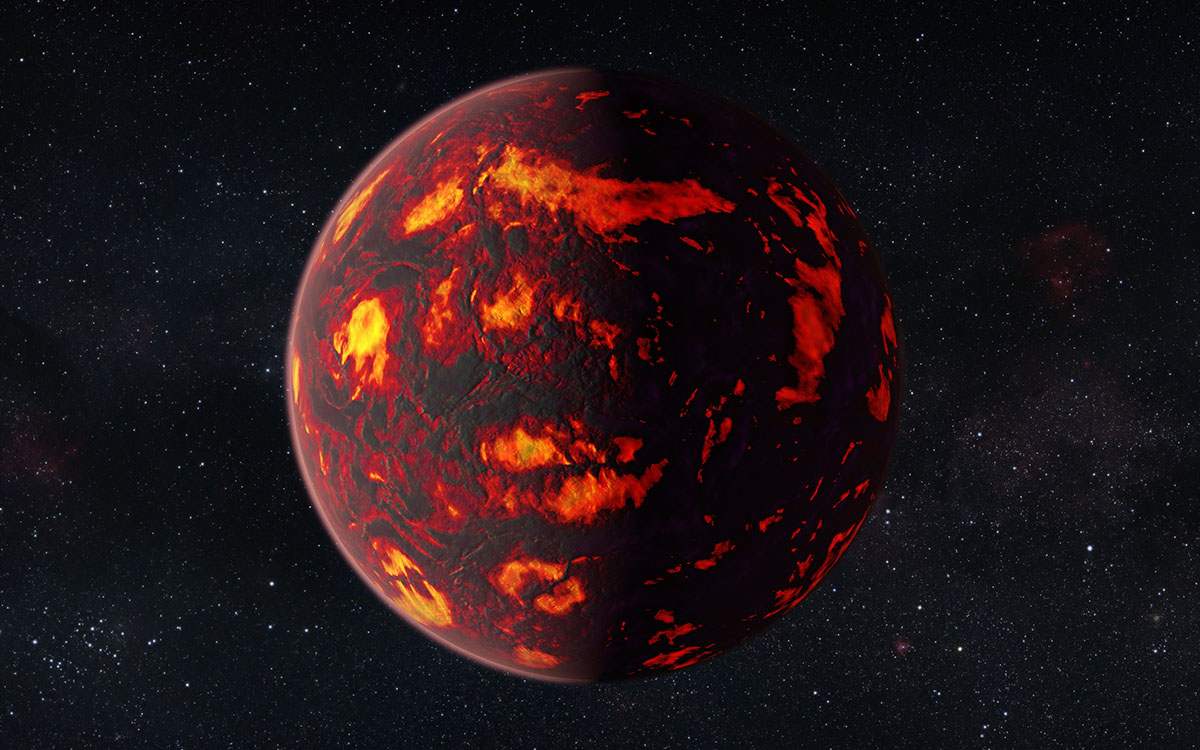astronomers find a fossil from the early days of the solar system

We think we have a pretty good handle on how planets form. After the birth of a star, big enough clumps of dust and rock in the disk of leftover debris begin to accrete mass until they turn into spheres under the pull of their own gravity, jostling around, pushing smaller protoplanets out of the way and being shoved aside by, or smashing, into larger ones. Whatever planets survive this messy process end up becoming a solar system. We’ve seen this around other stars and aside from a few interesting twists on this model, we think we know what’s going on pretty well by now.
But there was one piece missing. The math says that to start the planet building process, you need a kind of planetary seed between one and ten kilometers wide. Since we happen to live in a solar system, we should be able to look outwards, towards the Kuiper Belt, which we think is made primarily from the leftovers of planetary formation, and see these protoplanetary fossils drifting across the sky. However, the process has proven to be rather tricky. These rocks are very faint and rather small compared to everything else we can usually see, so looking for them is kind of like trying to spot a grain of dust in a room illuminated only by moonlight, which is why we have so much trouble finding them.
Or at least we did until now, when a 1.3 kilometer Kuiper Belt Object, or KBO was spotted by a simple setup and commercially available cameras as it eclipsed background stars. While that might not sound like much right now, it’s actually an extremely important finding. First, it tells us how to find tiny KBOs so we can take a proper survey of protoplanetary leftovers. Secondly, it shows that we’re correct in our solar system formation model and demonstrated that predicted artifacts of baby planets that never quite made it do exist. The next part will be to try and detect more of these little planet seedlings to figure out how efficient the formation process is, and see what we can learn from that.
As noted, these finds don’t just apply to our own solar system, but to pretty much every planet in the universe. Just consider that mighty gas giants with swirling storms that could swallow Earth whole, exotic icy dwarfs with percolating cryovolcanoes and towering peaks dusted with reddish organic molecules, and tropical worlds with deep oceans teeming with life — which might even be home to an alien civilization living through its heyday — all started out as these little rocks lucky enough to clump together for a few hundred million years, find a stable orbit, and cool down enough to become a cosmic petri dish. They might not be impressive or exciting on their own, but that doesn’t mean they aren’t profoundly important.
See: Arimatsu, K., et. al., (2019) A kilometre-sized Kuiper belt object discovered by stellar occultation using amateur telescopes, Nature Astronomy Letters, DOI: 10.1038/s41550-018-0685-8





